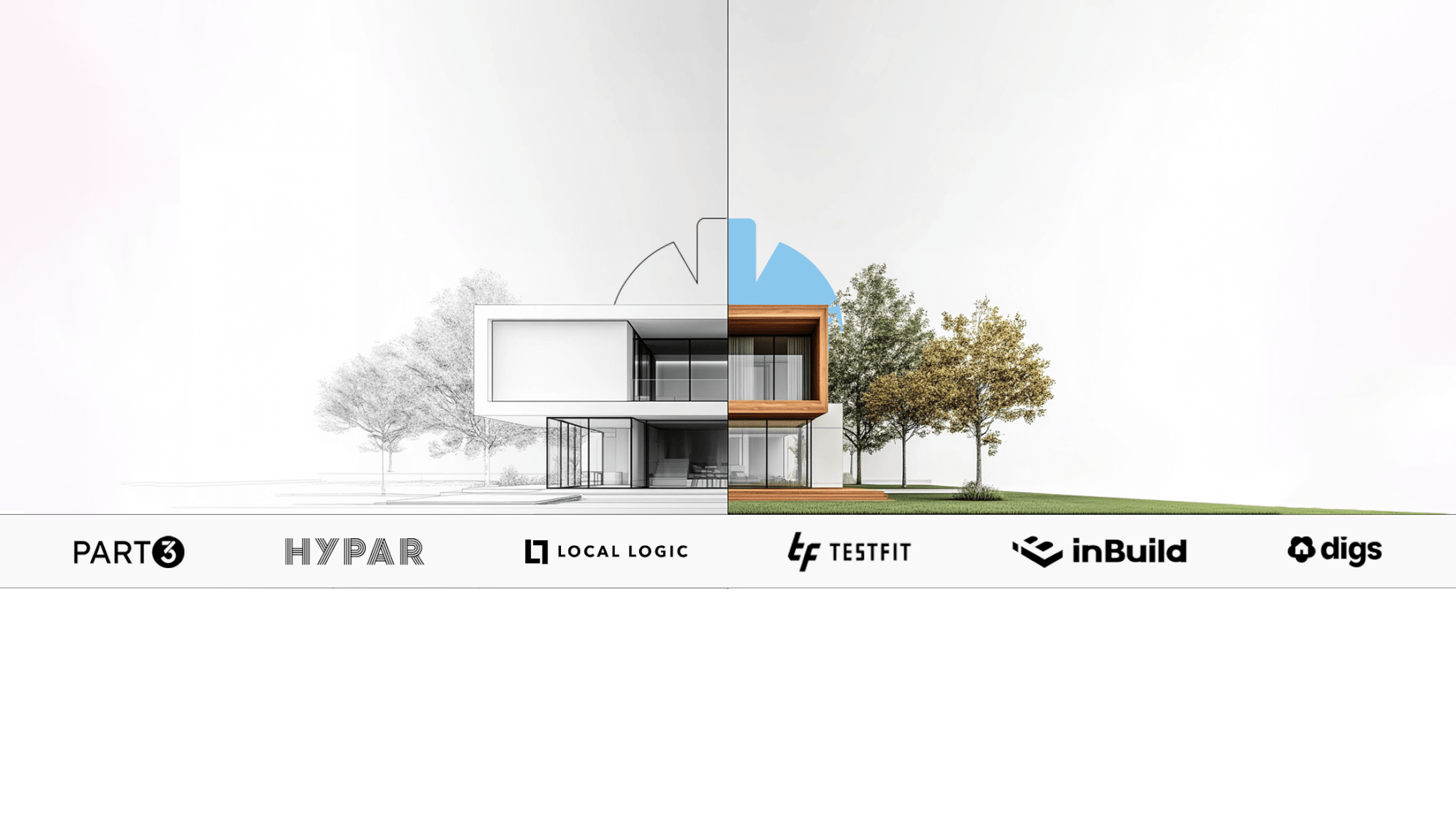AI-driven 3D tools are changing how architects, engineers, and construction professionals plan, design, and execute projects. These platforms automate tasks, generate design options, and provide data-driven insights that speed up workflows and reduce errors. In this article, we’ll highlight 15 of the most impactful AI 3D tools for construction today, including TestFit, Hypar, Maket, and BricsCAD. We’ll also cover what each tool does, who it’s for, and how it adds value to your workflow.
1. TestFit
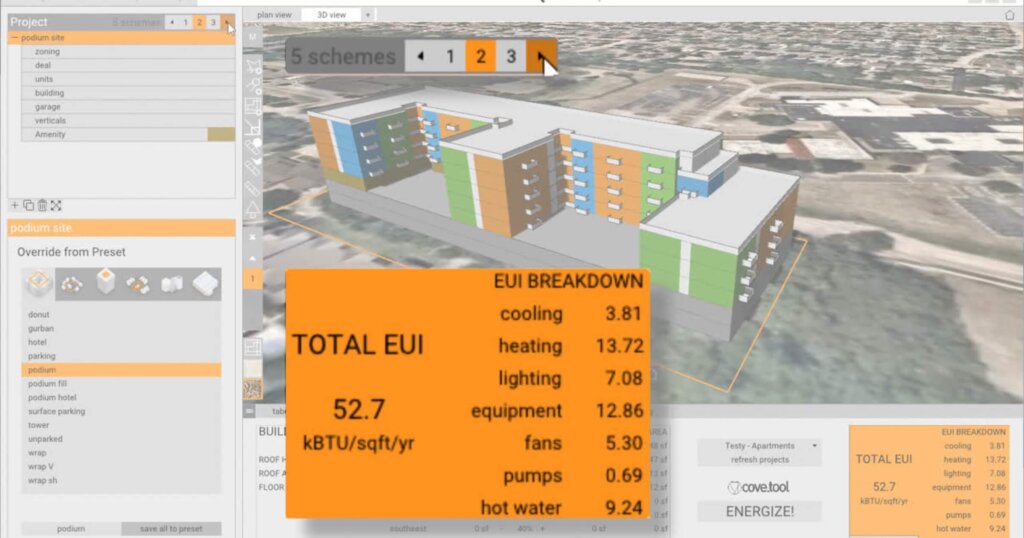
Image sourced from testfit.io
TestFit is a site planning tool that uses AI to generate building layouts based on zoning, parking, and financial constraints. It’s ideal for developers, architects, and urban planners who need to evaluate site feasibility quickly. With TestFit, users can input parameters like the unit mix, setbacks, and parking ratios, and the software will produce viable building configurations in real-time. This allows for rapid iteration during the early stages of development, saving time and resources.
2. Hypar
Hypar is a cloud-based platform that automates the creation of building systems and workflows. It’s designed for architects and engineers who want to streamline the design process. Hypar allows users to generate complex design models by integrating various building elements such as structural components, facade designs, and mechanical, electrical, and plumbing (MEP) systems. Built on open-source standards, it enables customization to meet specific project needs. By automating repetitive tasks, Hypar reduces manual errors and accelerates project timelines.
3. Maket
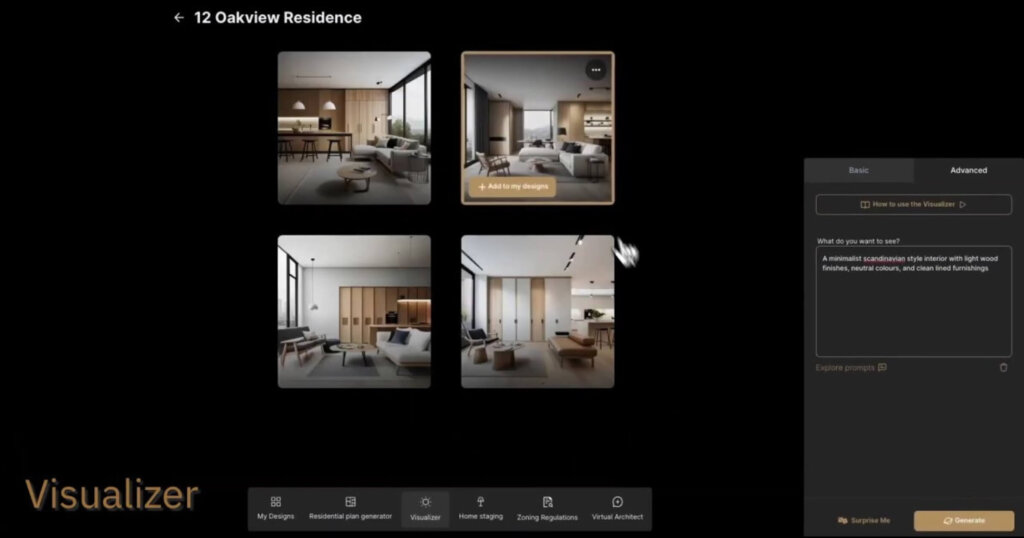
Image sourced from Maket.ai
Maket is an AI-powered tool that assists architects in generating design options based on specific criteria. It’s particularly useful for residential projects where clients have unique preferences. Users can input requirements such as room sizes, orientations, and design styles, and Maket will produce multiple layout options. This facilitates a more interactive design process, allowing clients to visualize different possibilities. Tools like Maket represent the future of AI 3D modeling tools, allowing architects to explore creative layouts with minimal manual effort.
4. BricsCAD BIM
BricsCAD BIM combines Building Information Modeling with AI to improve architectural design processes. It’s suitable for architects and engineers looking for a cost-effective alternative to traditional BIM software. BricsCAD BIM uses AI to automate tasks like classifying building elements and generating construction documentation. This reduces the time spent on manual drafting and increases accuracy.
5. Local Logic
Local Logic is a location intelligence platform that uses AI to analyze urban environments. It’s beneficial for developers and urban planners to assess potential sites. The tool aggregates data on factors like neighborhood characteristics, accessibility, and nearby amenities. This information aids in making informed decisions about site selection and project viability.
6. Part3
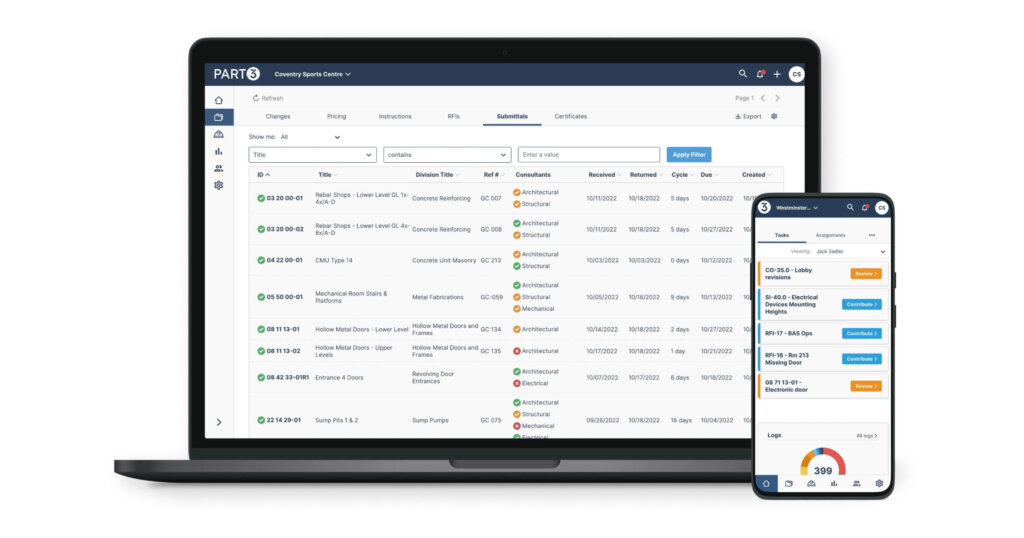
Image sourced from Part3.io
Part3 is a construction administration platform that uses AI to automate submittal reviews and documentation processes. It’s designed for architects and construction managers aiming to reduce administrative workload. The tool streamlines tasks like reviewing shop drawings and managing RFIs. By automating these processes, Part3 allows professionals to focus more on project quality and less on paperwork.
7. inBuild
inBuild is an AI-powered tool that automates invoice processing and financial documentation in construction projects. It’s useful for project managers and accountants handling large volumes of financial data. The platform extracts information from invoices and integrates it into project management systems. This reduces manual data entry errors and accelerates financial workflows.
8. Digs
Digs is a collaborative platform that uses AI to streamline communication and documentation in construction projects. It’s suitable for contractors and project teams seeking better coordination. The tool organizes project information and facilitates real-time collaboration among stakeholders. By centralizing data and communication, Digs reduces misunderstandings and project delays. This leads to more cohesive project execution and improved outcomes.
9. Prome AI

Image sourced from promeai.pro
Prome AI is an AI rendering tool that transforms sketches into realistic visuals, making it easier for architects to pitch. It’s beneficial for interior designers and architects presenting design concepts. The platform allows users to input sketches and receive high-quality visualizations. By providing quick and realistic renders, Prome AI improves communication between designers and clients.
10. CityEngine
CityEngine is a 3D modeling software that uses procedural generation to create urban environments. It’s ideal for urban planners needing large-scale city models. The tool allows for the creation of complex urban layouts based on real-world data. Urban designers use it to run “what-if” scenarios, like adding a new transit hub or rezoning a district, and instantly seeing the outcome.
11. Sefaira
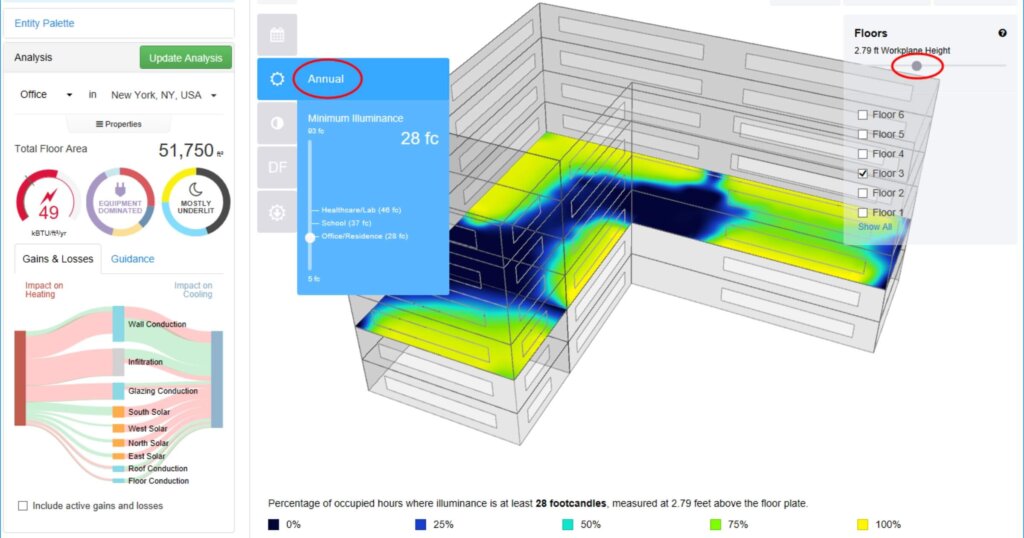
Image sourced from Sefaira.com
Sefaira is a performance analysis tool that uses AI to evaluate building designs for energy efficiency. It’s suitable for architects and engineers focused on sustainable design. The platform analyzes factors like daylight, energy use, and HVAC systems. This information helps in optimizing building performance and meeting sustainability goals. By integrating performance analysis early in the design process, Sefaira supports informed decision-making. The result is faster design cycles, better building performance, and stronger sustainability reports for clients and regulators.
12. Autodesk Project Bernini
Project Bernini is an experimental AI tool by Autodesk that converts text prompts into 3D models. It’s aimed at designers and architects exploring generative design. The tool interprets textual descriptions to create 3D representations, facilitating rapid prototyping. This approach accelerates the conceptual design phase and encourages creative exploration.
Are AI 3D tools here to stay?
AI 3D tools are reshaping the construction industry by automating tasks, enhancing design processes, and improving collaboration. These tools offer practical solutions that save time, reduce errors, and support informed decision-making. Whether you’re testing site feasibility or generating photorealistic visuals, these AI 3D tools for construction help teams tackle complex challenges with speed and accuracy.
For more insights on AI in construction, explore these articles:
Want more updates on the latest technology in construction? Subscribe to our newsletter to get them delivered straight to your inbox.
